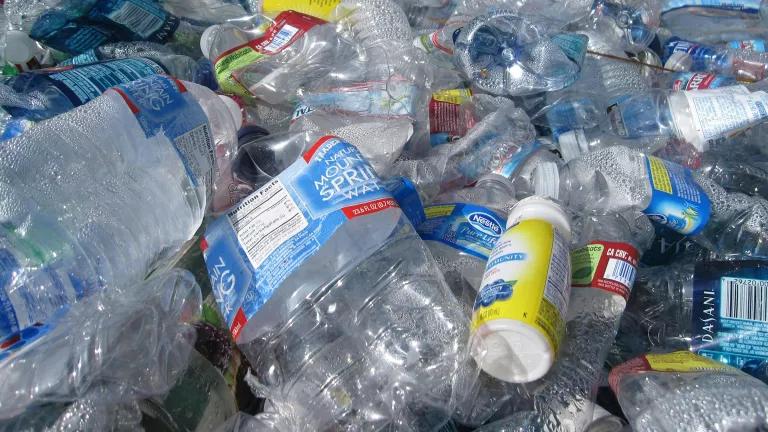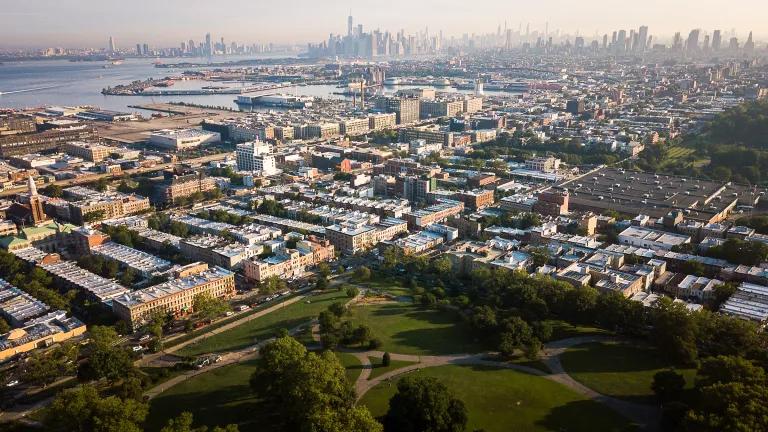NRDC and Partners Sue to Force Overdue Protections Against Chemical Spills

While the EPA continues to drag its feet, extreme storms and flooding are putting the health of our most vulnerable communities at risk.
In 1990, Congress passed Clean Water Act amendments that required the U.S. Environmental Protection Agency to better prepare for worst-case-scenario spills of hazardous materials, such as those caused by extreme storms or flooding. Now, after more than two decades without action from the EPA, NRDC, together with the Environmental Justice Health Alliance (EJHA) and Clean Water Action, are suing the agency for its failure to comply with the law.
“For over 25 years, the EPA has abdicated its responsibility under the law to protect people who live near aboveground storage tanks brimming with harmful chemicals,” says Kaitlin Morrison, an attorney at NRDC, pointing out that the facilities that house and produce these hazardous chemicals are most often near low-income communities and communities of color. “These communities live with the constant risk of experiencing catastrophic toxic chemical spills in their own backyards.”
According to the suit, the EPA must require chemical facilities to put robust procedures in place that help prevent and respond to spills—particularly for high-risk facilities near water. Right now, an estimated 2,500 U.S. chemical facilities sit in flood-prone areas across the country that are subject only to state-level requirements, which, if they exist at all, can be rolled back at any time.
Hurricane Harvey is a prime example why this regulatory gap must be fixed. Though Texas has a high concentration of chemical facilities—and is susceptible to flooding—the state does not require companies to develop specific plans to prevent and respond to spills. In the wake of the storm, which caused catastrophic flooding across the state, millions of pounds of harmful chemicals were released through spills, leaks, and explosions. Houston-area residents experienced headaches, dizziness, nausea, and eye irritation, and emergency personnel were hospitalized.
“From Hurricane Katrina to Hurricane Harvey, we've repeatedly witnessed communities inundated by toxic floodwaters—laced with an unknown concoction of hazardous chemical substances," says Michele Roberts, national co-coordinator of EJHA. "These preventable toxic chemical exposures add an insidious threat of long-term health problems to the near-term heartbreak of natural disasters. Black, brown, and poor communities are more likely to be impacted by chemical spills and suffer the health impacts of pollution, so EPA's nearly 30-year delay has allowed some of our most disadvantaged communities to suffer toxic pollution right when they're most vulnerable.”
Climate change is expected to make record-breaking storms like Harvey more frequent—which means such worst-case-scenario spills will become more commonplace. “This lawsuit seeks to put critical protections in place once and for all,” Morrison says.



